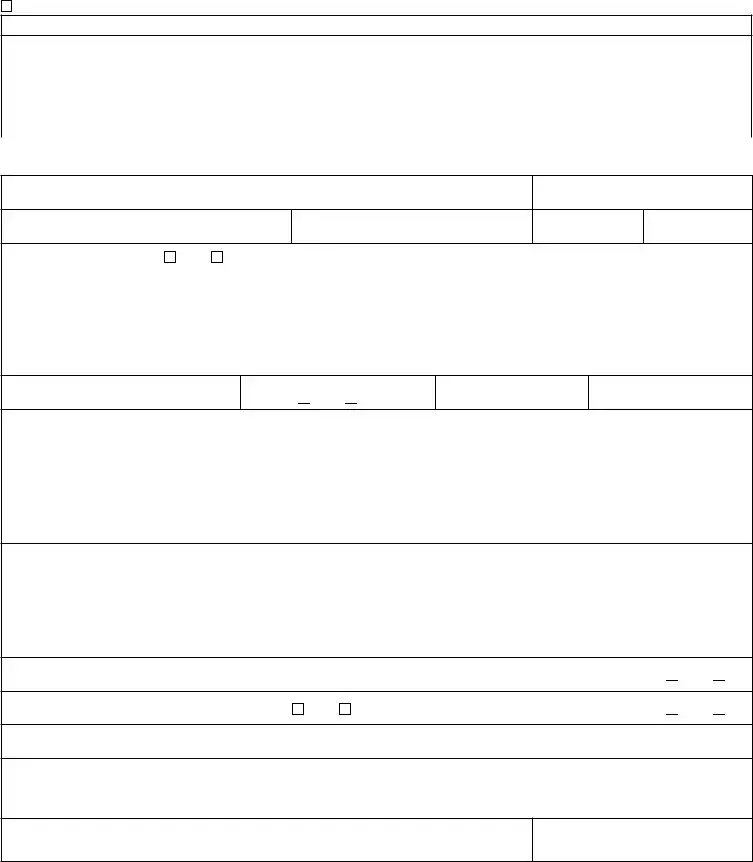What is the DR 2438 form used for in Colorado?
The DR 2438 form, also called a Storage Lien Bond Statement, serves a vital role within the Colorado Department of Revenue’s Division of Motor Vehicles. Specifically, it provides a legal pathway for individuals or businesses to request the issuance of a new title for a vehicle that has been left unclaimed or abandoned at their property, typically after repair services. This form enables the applicant to declare a lien against the vehicle due to unpaid storage or repair fees, and, upon approval, to bond against the vehicle's value for the release of a new title.
Who needs to fill out this form?
Any individual or business entity within Colorado that has an unclaimed or abandoned vehicle left at their property, which has accrued unpaid storage or repair fees, should consider filling out the DR 2438 form. This typically includes auto repair shops, storage facilities, or any business that provides parking or storage services where vehicles can be left unattended for extended periods.
What information is required to complete the DR 2438 form?
To accurately complete the Storage Lien Bond Statement, applicants must provide detailed information about the vehicle, including the Vehicle Identification Number (VIN), year, make, model, and other identifying characteristics. Additionally, the form requires details about the applicant, such as the name and/or business name, type of business, and contact information. Applicants must also state whether there was a verbal agreement regarding the vehicle, detail efforts to contact the owner or lienholder, declare any known liens against the vehicle, and provide evidence of attempts to resolve the matter before declaring the vehicle abandoned.
Is there a fee associated with this form?
As the form pertains to obtaining a surety bond, there are associated costs that an applicant must bear, primarily related to the surety bond itself, which is a non-refundable, one-time instrument. The specific amount can vary depending on the value of the vehicle, the bond issuer, and any additional processing fees required by the Colorado Department of Revenue or the Division of Motor Vehicles.
How does one go about submitting the DR 2438 form?
After thoroughly completing the DR 2438 form and gathering any necessary documentation, such as evidence of attempts to contact the vehicle's owner or any contracts/agreements made, the applicant should submit the form to the Colorado Department of Revenue’s Division of Motor Vehicles. This can be done through mail or in person at a local DMV office. It’s advised to check the Colorado DMV website or contact them directly for the most current submission guidelines and any specific instructions that might apply.
What happens after the form is submitted?
Upon submission, the DR 2438 form undergoes a review process by the Colorado Department of Revenue's Division of Motor Vehicles. If approved, the applicant will be allowed to obtain a surety bond in the vehicle's value. This bond serves as insurance for any potential claims made against the vehicle's title by previous owners or lienholders. Once the bond is secured, the DMV will proceed with issuing a new title for the vehicle, effectively transferring ownership to the applicant, under the condition that the bond remains in effect for a specified period.
Can the original owner claim the vehicle after the DR 2438 form is processed?
Yes, the original owner or lienholder has the right to contest the lien and reclaim their vehicle. However, this must be done according to Colorado state laws governing vehicle liens and titles. They may be required to compensate the individual or business that has obtained the surety bond for any unpaid storage or repair fees. The specific procedures and rights involved can be complex, and it may be advisable for involved parties to seek legal counsel to navigate these situations.


 YES
YES 

 YES
YES 

 YES
YES 